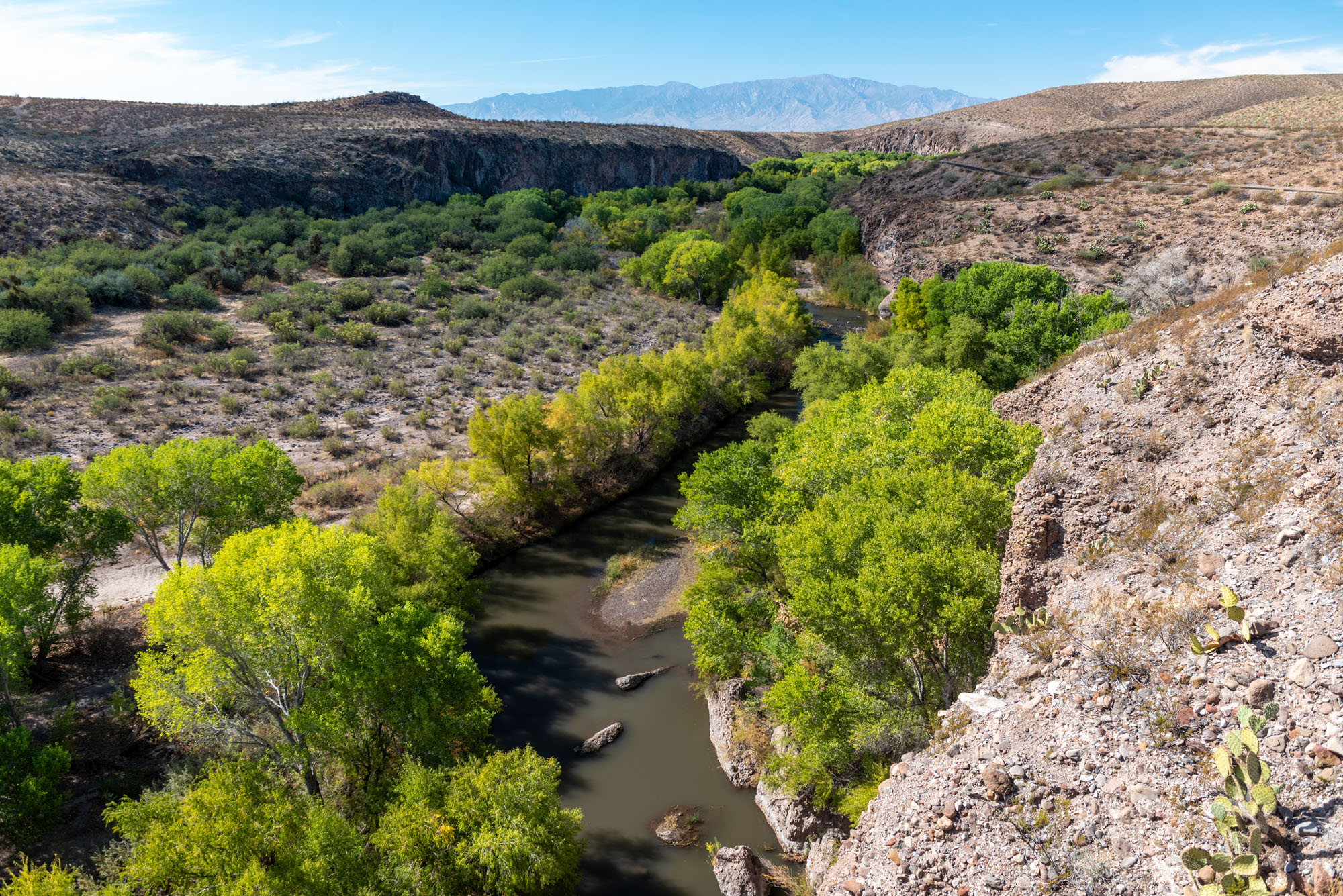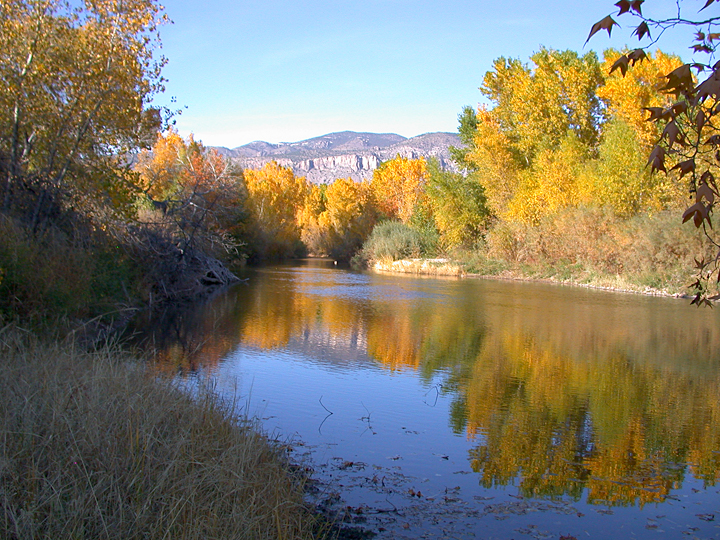Gila River

The Gila River, meandering through the arid landscapes of the American Southwest, is more than a watercourse. It is a living narrative, that echoing the cultural richness of indigenous communities, early settlers, and contemporary voices. In this exploration, we delve into why the Gila River holds profound cultural importance, intertwining with the stories of those connected to its timeless flow.
Introduction
The Gila River, with its sinuous path through the arid Southwest, carries not just water but the echoes of centuries. It is a tributary of the Colorado River in the United States, passing through Arizona and New Mexico. Beyond its ecological significance, the Gila is a cultural conduit, a thread connecting generations through tales of resilience, adaptation, and the profound interplay between nature and humanity.
Indigenous Tapestry: Rooted in the River’s Flow
Pima and Maricopa Tribes
The Gila River basin has long been home to the Pima and Maricopa tribes. Their deep-rooted connection to the river is evident in the traditions, ceremonies, and agricultural practices that have evolved in harmony with the Gila’s ebb and flow.
Agriculture and Irrigation
The ingenious use of irrigation by indigenous communities transformed the arid landscapes along the Gila. The ancient canal systems designed by these communities stand as a testament to their sustainable agricultural practices and their ability to thrive in challenging environments.
Spanish Exploration and Missionary Influence
Coronado’s Expedition
In the 16th century, Spanish explorer Francisco Vázquez de Coronado embarked on an expedition that took him close to the Gila River. While Coronado’s primary goal was the search for the Seven Cities of Gold, his journey introduced European influence to the indigenous cultures along the Gila.
Mission San Xavier del Bac
The establishment of Mission San Xavier del Bac near the Gila River in the 18th century marked a period of cultural convergence. The mission became a center for religious practices, blending indigenous beliefs with Spanish Catholicism and leaving a lasting imprint on the cultural landscape.
Anglo-American Pioneers: A Changing Cultural Horizon
Gadsden Purchase and Westward Expansion
The mid-19th century brought the Gadsden Purchase, incorporating parts of the Gila River region into the United States. This period witnessed a flux of Anglo-American pioneers, bringing new cultural dynamics that intertwined with existing indigenous and Hispanic traditions.
Gold Rush Influence
The lure of gold led prospectors to the Gila River, impacting the cultural fabric of the region. Mining camps and settlements emerged, creating a melting pot of cultural influences as people from diverse backgrounds sought their fortunes along the riverbanks.
Traditional Livelihoods: Ranching and Agriculture
Vaqueros and Cattle Ranching

The tradition of cattle ranching took root along the Gila River, with vaqueros (Mexican cowboys) playing a pivotal role. The open landscapes provided an ideal environment for ranching practices, shaping the cultural identity of communities in the region.
Agrarian Communities
Agricultural communities, sustained by the waters of the Gila, flourished in the river’s vicinity. These communities, often adopting sustainable farming practices, contributed to the cultural mosaic of the region.
Cultural Impact of the Gila Cliff Dwellings
Ancient Dwellings and Ancestral Puebloans
The Gila Cliff Dwellings, nestled within the Gila Wilderness, offer a glimpse into the lives of the ancient Puebloan people. These cliffside abodes, dating back to the 13th century, reflect a cultural richness and architectural ingenuity that remains a source of inspiration.
Archaeological and Cultural Heritage
The preservation of the Gila Cliff Dwellings has become an ongoing endeavor, highlighting the importance of safeguarding archaeological sites and respecting the cultural heritage of the Gila River region.
Environmental Challenges and Cultural Resilience
Water Rights and Sovereignty
The allocation of water rights along the Gila has been a source of contention, with implications for both environmental conservation and the cultural practices of indigenous communities. Discussions around water rights underscore the ongoing struggle for cultural and environmental sustainability.
Indigenous Activism and Stewardship
Contemporary indigenous voices actively engage in environmental activism and cultural stewardship along the Gila. Efforts to protect the river’s flow, preserve sacred sites, and address environmental challenges reflect a commitment to cultural resilience and ecological harmony.
Recreational Heritage: Exploring the Gila’s Natural Bounty
Gila National Forest and Wilderness
The Gila National Forest, through which the Gila flows, offers opportunities for outdoor recreation and cultural exploration. Hiking trails, hot springs, and camping sites provide a modern context for people to connect with the natural and cultural heritage of the Gila.
Birding and Wildlife Observation
The Gila’s riparian areas are havens for birdwatchers and wildlife enthusiasts. The diverse ecosystems along the riverbanks showcase the region’s natural wealth and contribute to the cultural importance of the Gila as a sanctuary for biodiversity.
Conclusion
The Gila River, flowing through the arid landscapes of the Southwest, is a vessel of culture, carrying the stories of indigenous peoples, pioneers, and contemporary stewards. Its cultural importance transcends time, weaving a tapestry that reflects the resilience, adaptation, and enduring connection between people and the river.
Know More about Gila River.
What are The Religious Places of Gila River?
When Did The Gila River Basin Become a Focus?
Where is The Gila River Located?
Who Were The Key Historical Figures and Civilizations of The Gila River?
How to Reach Gila River?




